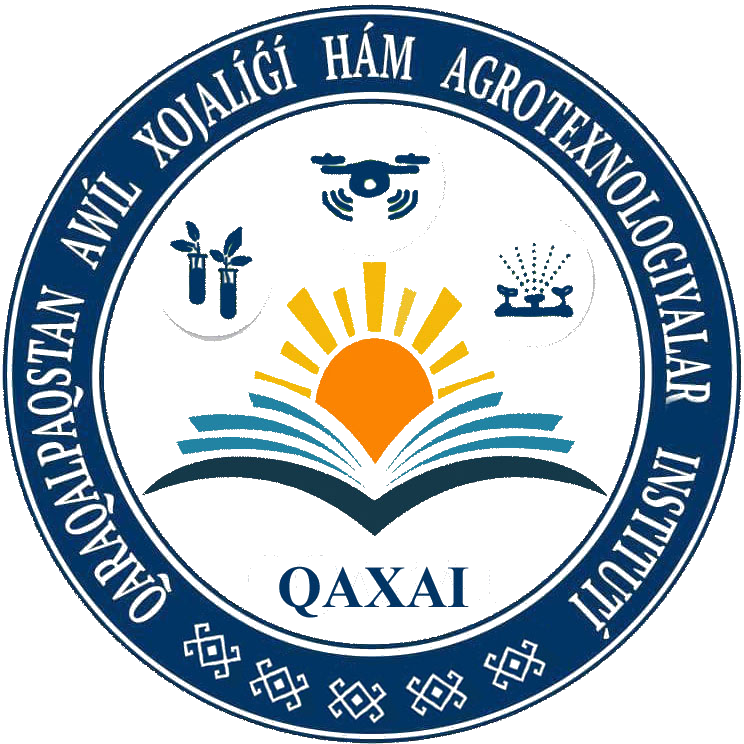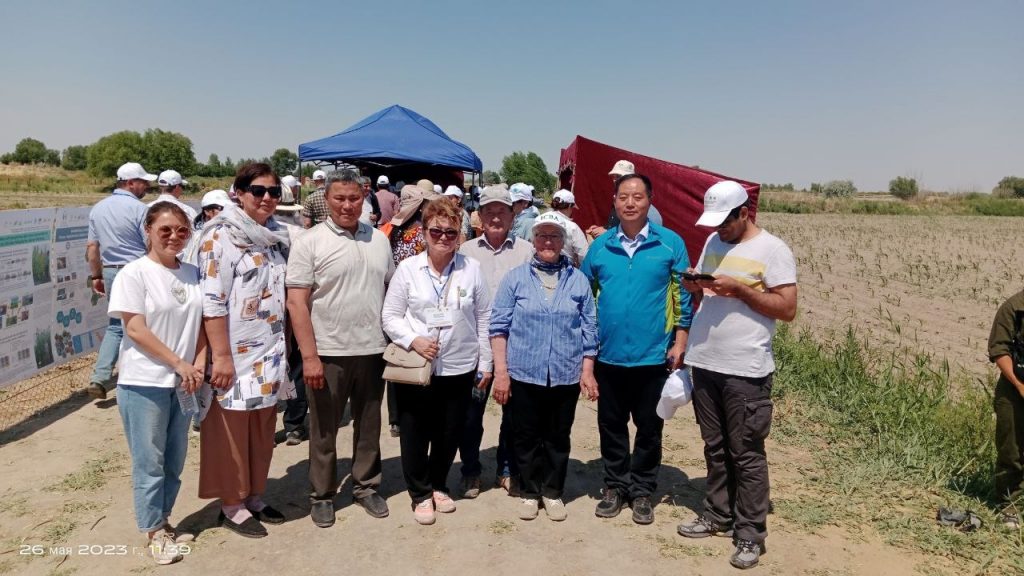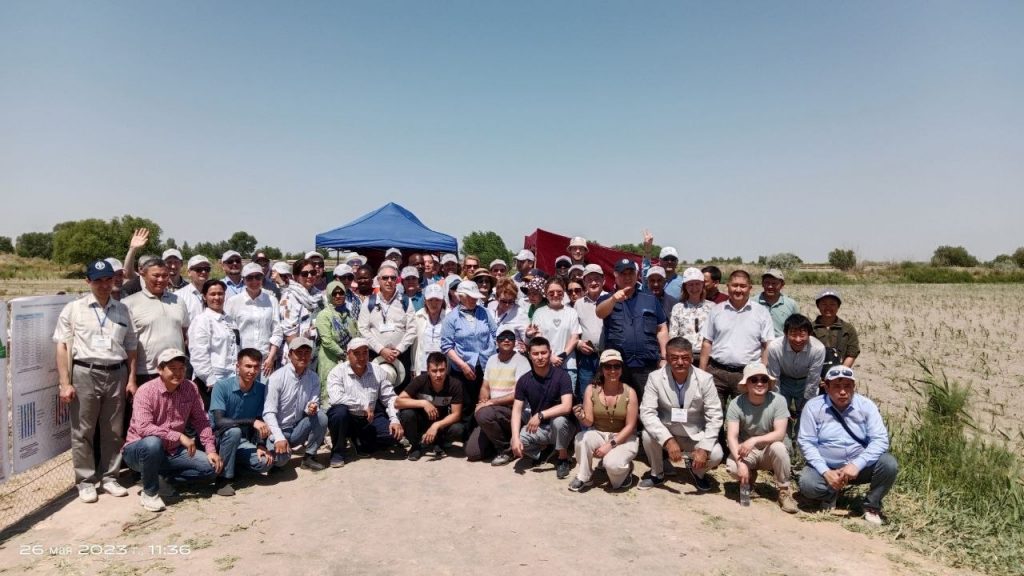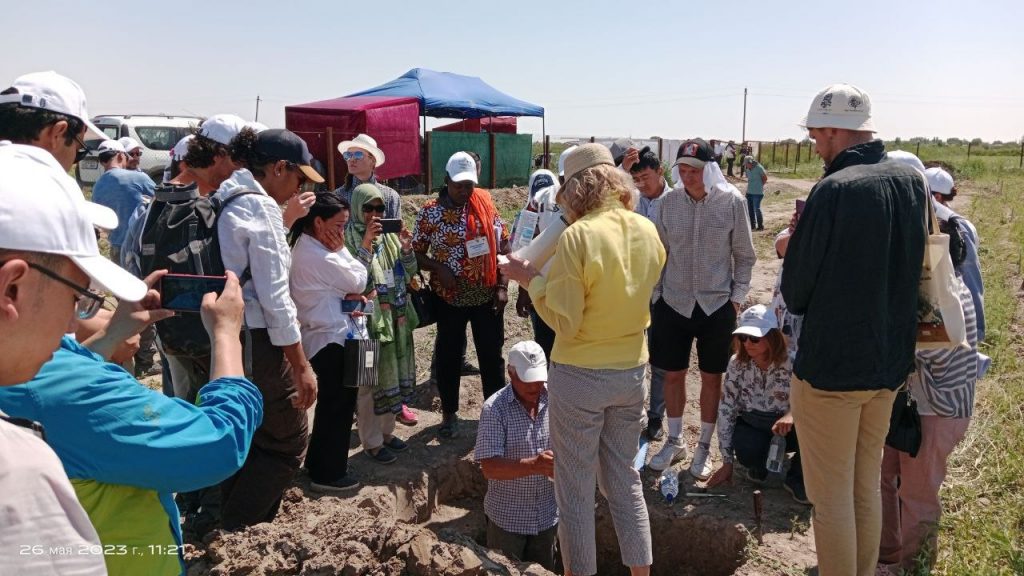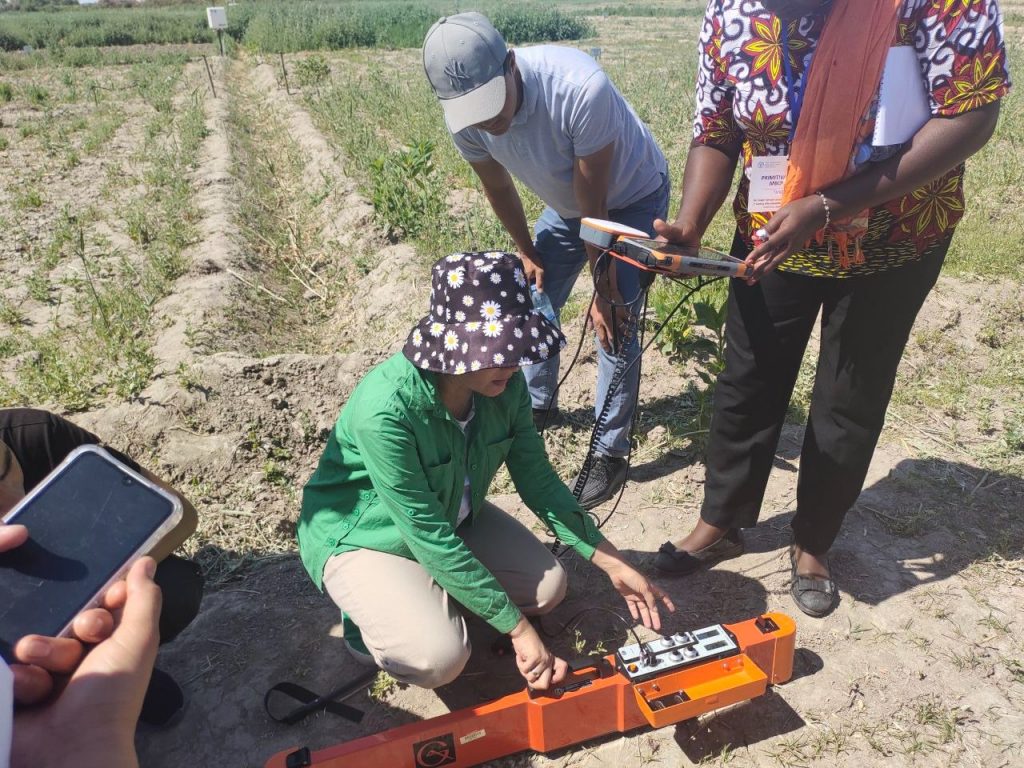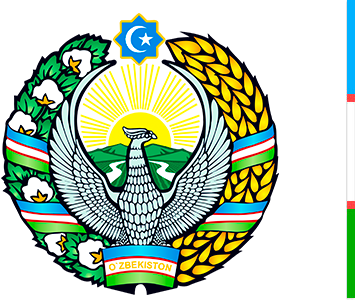A seminar with the participation of international and national experts was held
In order to improve the economic efficiency of agricultural land damaged by salinity, a training workshop was held in the Qorabug’a galafit farm in the Karaozak district of the Republic of Karakalpakstan by SATREPS Project, a joint international project of Uzbek-Japanese cooperation
At the event, representatives from the field of soil science conducted a soil salinity mapping using EM-38, and participants were informed about scientific work to combat soil salinity, as well as the use of halophytes to mitigate soil salinity, their benefits and salt damage. There was extensive information on improving the economic efficiency of agricultural land.
Professor Kristina Nikolaevna Taderich from Japanese universities, higher education institutions of the Republic of Uzbekistan and the Republic of Karakalpakstan, Totteri University of Japan and Associate Professor Fujimaki Haruyuki, Associate Professor Matsuo Naoko from Mie University, and doctoral student Timofei Kalnin from Lomonosov, spoke at the workshop. Moscow State University of the Russian Federation, FAO A. Nurbekov, Project Coordinator of the Land Use Impact Assessment and Food System Rehabilitation Program in Uzbekistan, Head of the Laboratory Department of UZSIP H. Solihjon, Head of the Soil Science Department of UZSIP R.I. Bragimov and representatives from several foreign countries in the field of soil science, Vice Rector for Research and Innovation of Karakalpak Institute of Agriculture and Agrotechnology B. Jollibekov.
The main objective of the seminar – approbation of scientific work carried out by scientists of the Republic of Uzbekistan and foreign countries on the soil of the Republic of Karakalpakstan and on planting of salt tolerant plants and galaxies in saline soils, is to mitigate soil salinity.
As it was noted at the seminar, until now foreign, Uzbek and Karakalpak scientists are studying methods to combat salinization and carry out scientific work. If the top layer of soil dries up, salt will start to form there. Therefore, in order to keep moisture in the soil, scientists need to leave plant residues on the soil surface.
This method is one that has been used in the Republic of Karakalpakstan, and it has now been noted that it should be further strengthened. Among them, opinions were expressed about importing from foreign countries various salt-tolerant halaphytic plants and growing them on these lands. Galaphytes are drought-tolerant wild plants that grow well in salt.
At the event, representatives of the field of soil science expressed their views on the development and implementation of a soil-water-plant salinity dynamics model.
During the seminar, participants were introduced to climate-resilient innovative approaches and technologies of the joint Uzbek-Japanese SATREPS project to improve food security in the Aral Sea region, as well as climate-resilient innovative approaches and technologies of fodder production from halophytes plants. In livestock, on the Amu Darya basin The essence of projects “innovative approaches to water management and optimal land use in arid agro landscapes and adaptation and promotion of climate-resilient technologies in the Aral Sea Basin”.
Scientists analyzed the soil with soil monitoring and salinity instruments.
At the end of the seminar, participants familiarized themselves with salt-tolerant plant species planted on the experimental plot and received answers to their questions from specialists.
 (+99861) 229-27-01
(+99861) 229-27-01

 ftga_info@edu.uz
ftga_info@edu.uz

